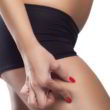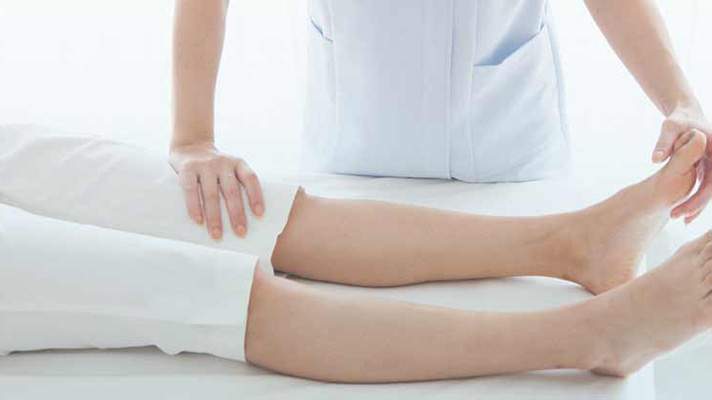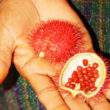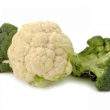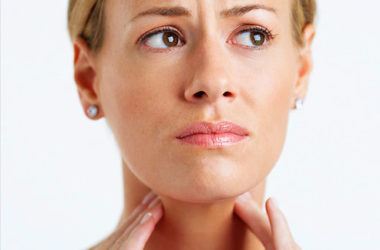Pressure ulcers, also called bedsores, pressure sores, and decubitus ulcers, refer to localized skin damage to a person. They may also affect the underlying tissue over a bony prominence as a result of pressure, friction, or sheer. The commonly affected sites include the back of the cranium, back of shoulders, ankles, knees, elbows, heels, hips, sacrum, and coccyx.
Causes
Pressure ulcer has three principal causes, as per NHS UK, According to the publication, pressure ulcers may result from pressure that is put on the skin like muscle spasms, pressure from a hard surface and moisture. As per the publication, the time it takes for the ulcer to form is dependent on the amount of pressure and the person’s vulnerability to skin damage.
Epidemiology
The elderly is one of the populations who usually develop pressure ulcers due to the changes to their body brought about by aging. According to Centers for Disease Control and Prevention or CDC, about 159,000 nursing home residents in the United States had pressure ulcers in 2004. As per the publication, those who are aged 64 years old and younger were more likely to develop bedsores that older residents. In terms of stay in the facility, those residents who stayed for a year or less had higher inclination of developing pressure ulcers that those who stayed longer.
Staging
Pressure ulcers are staged according to the extent of damage to the skin and the underlying tissues like muscle and bones. As per CDC, stage 1 is characterized by skin erythema or redness; stage 2involves partial thickness loss in the skin, as manifested by abrasion, blister, or shallow crater. Stage 3 involves full thickness loss in the skin, which is evidenced by a deep crater. In stage 4, the ulcer is marked by a loss of full thickness of skin, which exposes the muscle or bone.
Signs and Symptoms
The characteristics of the ulcers vary in stages. According to Mayo Clinic, stage 1 is the starting stage of the sore. The skin is not broken, but it appears red in people with lighter skin color in people with lighter skin color and a discoloration in people with darker skin. The area may also be painful, tender, firm, warm, soft, or cool, as compared to the neighboring skin. In stage 2, the epidermis and part of the dermis is damaged or lost. Also, the wound may be shallow and pinkish or red and it may also resemble a fluid-filled or a blister. Stage 3 ulcer presents a deep wound, which exposes some fat. It resembles a crater and its bottom may have yellowish dead tissue. Then, stage 4 may expose the muscle, bone, or tendons and its bottom may contain dead tissue that is yellow or dark in color. If the surface is covered with yellow, brown, black, or dead tissue, the ulcer is considered unstageable.
Home Remedies
While treatment of pressure ulcers may include medications that will prevent infection and aid in wound healing, the following home remedies can also be done.
Position Change
Since bedsores are caused by pressure on surfaces like bed, it is vital to avoid those pressures on vulnerable areas. As per NHS UK, the person is moved and changed and prevent the development of the ulcer. It also aids the development of the ulcers and relieve the pressure on existing ulcers. Some patients are moves once every two hours while other people may be moved as once every 15 minutes.
Saline Water
Pressure ulcers can also be managed with saline water. As per Top 10 Home Remedies, bed sores heal faster with saline water, as those that are not cleaned properly are inclined to infection and inflammation. Also, saline water decreases extra fluid in the wound, in addition to getting rid of loose dead skin. As per the publication, two teaspoons of salt are mixed in a cup of water. Then, the solution is boiled and is allowed to cool. Next, the solution is used to clean the affected body area, which is then allowed to dry. Then, it is covered with a bandage.
Prevent Further Injury
One can prevent the development of more pressure ulcers. According to Medline Plus, the sheets are powdered mildly so the skin does not rub on the bed. Also, slipping or sliding is avoided. The skin is also kept lean and moist and is checked for sores dally. The physician is informed if the pressure sore changes or a new one develops.
Pressure ulcers are products of pressure from a hard surface (as the name implied), pressure applied through involuntary movements, and moisture. Since there is a break in skin integrity, the person is prone to infection. Thus, measures should be done to reduce the risk of infection.




